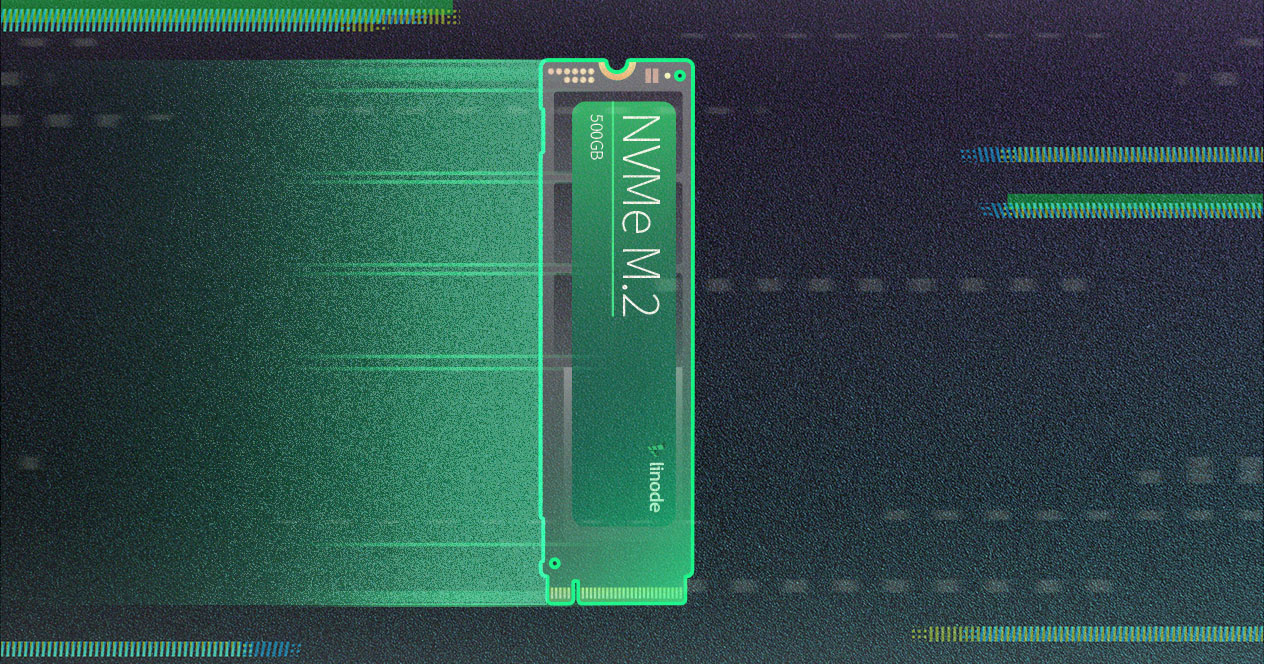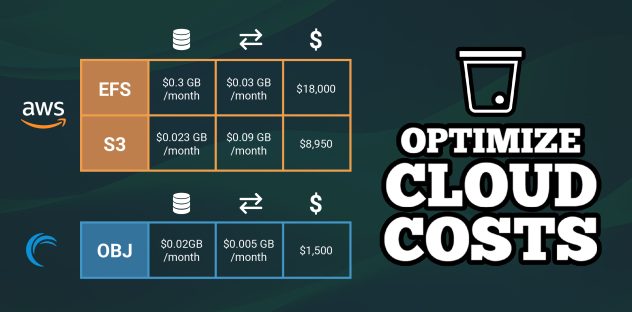NVMe cloud storage—once the preserve of high-end data centers and high-performance computing installations—is significantly faster than conventional block storage technologies. While HDD latency is typically measured in milliseconds, NVMe latency gets measured in microseconds. Many modern NVMe drives can reach a latency of under 20 microseconds.
Continued innovation has brought down costs, and these lower costs have placed NVMe squarely in the mainstream. There is no doubt that NVMe is a powerful technology that is here to stay, but where and when is it right for you? When is the best time to migrate to NVMe storage?
The value of NVMe gets maximized in configurations that benefit from high speed and low latency, such as:
- financial systems, high-frequency trading systems, backtesting financial models, analytics;
- AI and machine learning;
- real-time, customer-facing systems;
- PC gaming; or
- as a caching layer for distributed storage and computing systems.
It’s fair to say that anyone who plans to build a large and complex compute environment above a cloud platform will find that NVMe forms a stable foundation that scales efficiently as the system expands. These high-end scenarios have fueled the rise of NVMe, but now that NVMe storage is more readily available and the price is falling to a more competitive level, NVMe is also finding its way into other scenarios.
If your network runs on local hardware, you’ll have many logistical issues to consider when you plan an upgrade, including the same potential for the disruption you face when implementing any new technology. On the other hand, if your services run in the cloud, the primary consideration for making the switch to NVMe block storage is whether the performance benefits of NVMe justify the additional per-unit cost. Because we provide NVMe at the same price as conventional block storage, there is little reason not to upgrade your existing cloud-based block storage resources to NVMe when it becomes available.
NVMe and the Hybrid Cloud
But beyond the obvious choice of upgrading existing cloud-based block storage, NVMe can also lead to many other interesting possibilities. For instance, some organizations place part of their resources in the cloud but keep critical applications that require low latency running locally in a hybrid cloud environment. In this scenario, the high-performing NVMe could offer the opportunity to consolidate in the cloud and avoid complications of services running in two places.
In another scenario, your organization might use object storage for all your cloud resources simply because conventional block storage doesn’t offer enough of a performance boost to justify bringing block storage into the environment. In that case, the presence of a cost-effective NVMe storage option could be a game-changer by offering a clear benefit for shifting critical services that are currently on object storage to better-performing NVMe.
Ultimately, the question of where and when to upgrade starts with a close look at performance. Where are the bottlenecks? You’ll maximize the benefits of NVMe if you begin by placing high-performing storage where it can serve the applications with the greatest storage demand. Whatever your goals or the shape of your network, our team can help you determine a strategy for scaling up storage performance with NVMe.
Now that NVMe has arrived, it is worth a close look at what it can do for your network. Cloud Spectator recently performed benchmarks on well-known, large cloud providers that dominate the cloud market and alternative cloud providers that offer parity in core cloud products and global availability with competitive pricing. The analysis included Linode, Amazon Web Services, Microsoft Azure, Google Cloud Platform, Vultr, and DigitalOcean. All of the tests were performed in a North American data center for each provider.
Download your copy of the Cloud Spectator Cloud Block Storage Benchmark Report.






Comments